Things to remember
a. Note that a LOW Diamond at trick 2 will succeed only if partner holds the ♦Q10 or the ♦Q9. While there’s usually a good chance he has that… it’s not happening here. ♦J play is much better.
b. Count partner’s points while on defense. That way you can know what to expect from his hand and plan your defense accordingly. As declarer made a weak 2 opening, which means he has max 10 points, and with the ♥Q, ♣K and likely ♠QJ marked in his hand – There is a great chance to find the ♦Q in partner’s hand.
c. As you count that declarer can make 10 tricks, TIMING is important! You need to be quick to develop defense’s 4th trick before declarer manages to pull trumps, making his 10 tricks…
d. Playing IMPs, this defense gives the only chance to set. But if you are playing Matchpoints, it is much harder: If declarer has 3 cards in Hearts and a singleton Diamond – you might give a trick away (you lose your sure ♦A trick and never get a Heart ruff). Same if declarer has ♦xx and ♣Kx: He wins the ♦K when you play the ♦J and then plays 3 rounds of Club to discard his remaining Diamond loser in hand, making an overtrick. This overtrick is important when playing MPs but not too important in IMPs.
e. When playing weak 2, partner’s 2NT response is always an artificial bid:
Some play 2NT as Ogust (asking partner the strength of his suit and hand, with the following responses: 3♣ = minimum hand, 6-8, relatively bad suit, 3♦ = 6-8, all points in the trump suit, 3♥ = max, 9-10, relatively bad trump suit, 3♠ = 9-10, points are in the trump suit).
Others plays 2NT as Feature asking, like here, asking partner if he has a high card in a side suit (without it, partner just rebids his suit at the 3rd level with a minimum hand, and at the 4th level if he is max).
Another option is to play 2NT as asking for singleton (on which opener bids his singleton, or returns to his suit if he doesn’t have shortness, biding at the 3rd level with a minimum hand, and at the 4th level with max).

Comments
One response to “Seeing through cards #12”
nice!!!!!